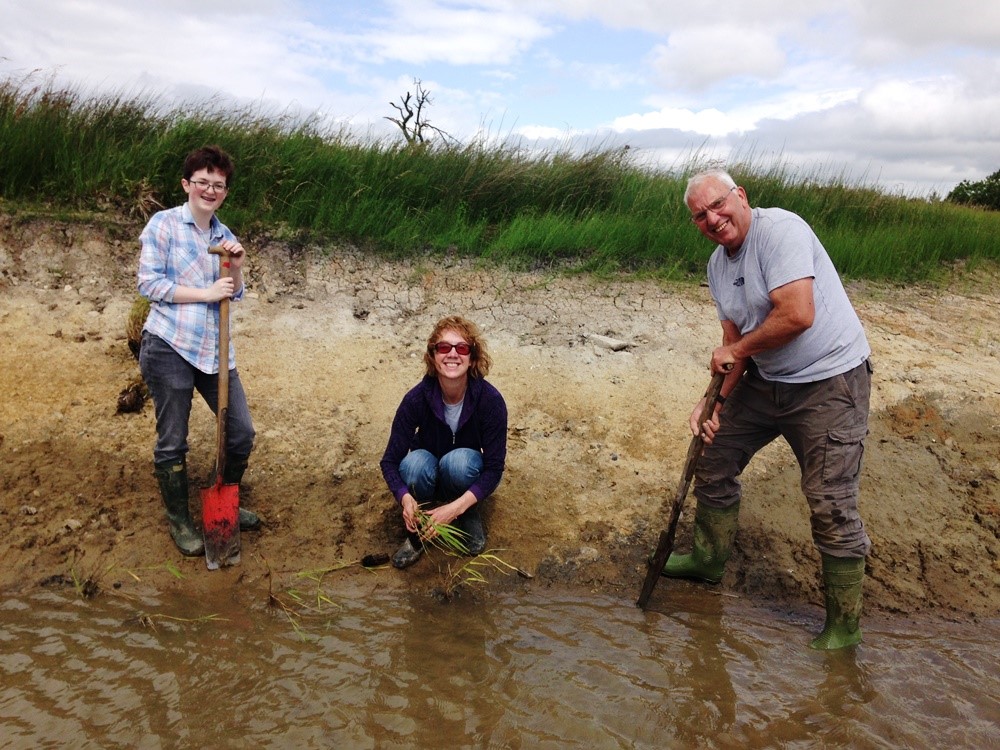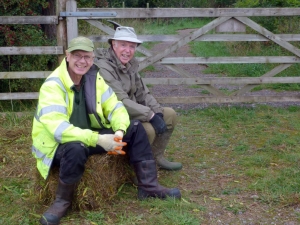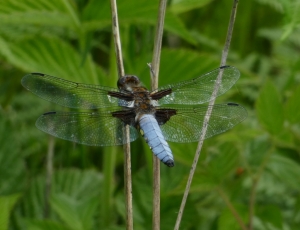Last night’s Owl box round-up
Thursday, May 3rd 2018
Converging on Wathgill around 18:15 we were off to a flying start, finding a Tawny Owl with 3 eggs in the woods round the back. I must apologise to all Tawny Owl fans as I have no picture to show for our exploits!
The next two boxes were frequented by Jackdaws, which had 5 and 7 eggs between them. Our next port of call was a couple of Dipper nests, one of which is no longer accessible, the other of which had 5 eggs and will require a return visit.

Our fourth Owl box stop was at Stainton Green Barn, a particularly challenging box to survey due to its position in the rafters and the need to have multiple exits covered.

This box proved well worth the trouble and is now home to a pair of Barn Owls that were first ringed together three years ago (GN47046; female; left and GN47047; male; right)

Alongside these pair of beauties were five eggs! Both Owls are old hat to the whole process and dozed throughout, offering a picture perfect example of the differences between the two sexes.

After such a great success story we had three boxes of less interest in a row (Jackdaw, unsuccessful Tawny and Squirrels) before finding another female Tawny Owl with one chick in the box at Eddy's Bridge.
Although we didn't find anything in the box at High Insque, we did find a carpeting of Bluebells waiting for us.

A further three Owl boxes were checked after HIgh Insque before we lost the light, with the last proving most interesting. The female Kestrel in the box above Downholme was sitting on five eggs and was yet another to return to the area year on year. It was first ringed as a chick in the box at Hudswell Grange.
All in all 15 Owl boxes were checked in one night, 14 around Wathgill, Stainton and Downholme, and another checked by Sophie.
How best to start your day but in the garden after all the excitement of the night before where we were reducing the amount of Bistort in the main flower bed and making a few new additions.
The hardy Cyclamen species coum and hederifolium have been added to provide a valuable source of pollen and nectar in the Spring and Autumn, along with Chinese Chives (Allium tuberosum) which flower during the late Summer period. By planting these species we are hoping to provide food sources for invertebrates and vibrance to the garden throughout the year.

(0) Comments:
There are no comments for this blog post yet. Why not start the discussion? - use the form below:




